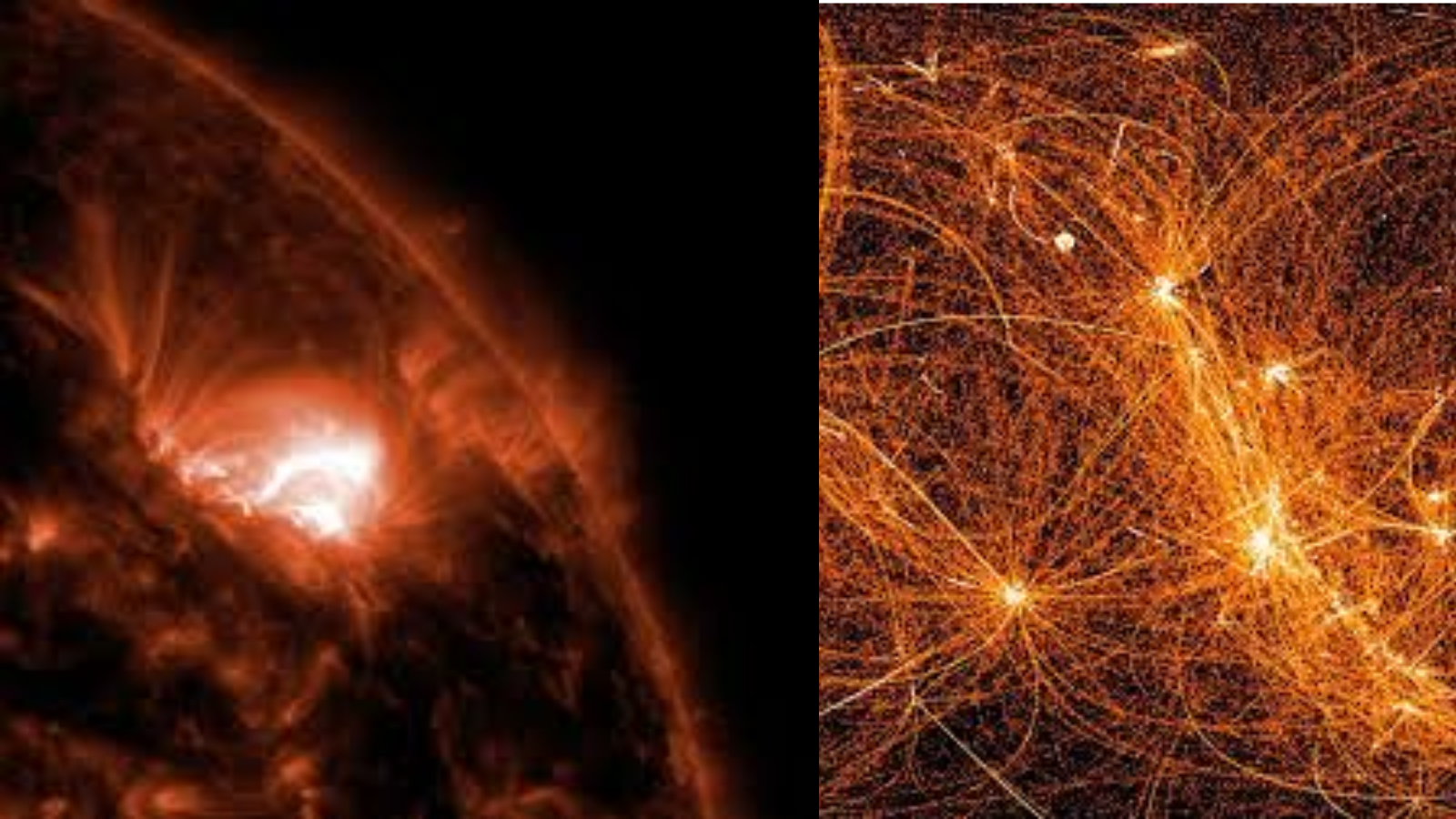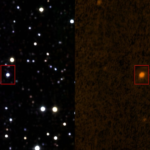X-class solar flares were released by the Sun this week. The GIFs display the spectacular bursts of entwined Dancing Loops emerging from the Sun’s surface.
Dancing Loops
The breathtaking photos from our universe that the US Space Agency NASA frequently posts captivate space enthusiasts. For people who enjoy watching informative movies and eye-catching pictures of Earth and space, NASA’s social media account is a veritable gold mine.

Two GIFs (graphics interchange format) that showed the exact time the Sun released two strong solar flares thrilled the space agency’s Instagram followers in a recent post. AR3663 and AR3664, two sunspots, were the source of these two powerful flashes that occurred on May 7 and early May 8.
As you pull and perform a loop-de-loop, your Sun becomes stylish! The Sun produced these two strong solar flares late on May 7 and early on May 8. NASA’s Solar Dynamics Observatory, which keeps a watchful eye on the Sun, recorded these two vibrant flashes with dancing loops,” the agency stated in the post’s caption.
“Sunlight is not a constant, even for the most optimistic individuals. Periods of greater and lesser activity are continuously cycled through. Solar flares, which are spectacular outbursts of energy from the Sun, can occur when activity is high, according to NASA.

This week, the Sun released X-class solar flares, according to the space agency. The captivating flashes of tangled Dancing Loops jumping from the Sun’s surface are captured in the GIFs.
Read More articles
Foxconn’s musical chairs have a punk rock vibe to them.
Ripple Is Expecting More Legal Difficulties After Coming Under SEC Investigation
This Significant American Hub to Amsterdam Route Will Be Restarted by Delta
Significantly, solar flares occur when strong magnetic fields within and surrounding the Sun re-establish. They are produced when magnetic energy that has accumulated in the solar environment is liberated.
Based on their intensity, solar flares can be categorized. The strongest flares, such as the most recent one, are referred to as “X-class” flares, while the weakest are called “A-class” flares. An even more intricate strength scale, ranging from 1 to 9, is also used to classify solar flares within each class.
Make a commentBecause they produce magnetic energy, solar flares do not directly harm people; instead, their effects on technology can be disastrous. “The strongest flares have the potential to interfere with radio communications, GPS signals, and satellites when they are aimed towards Earth.” As such, numerous space and terrestrial devices monitor possible repercussions,” the space agency states.










